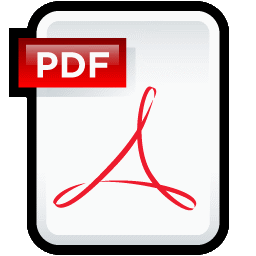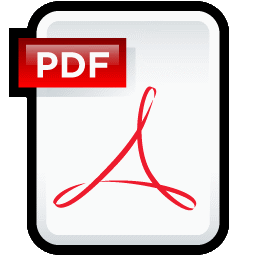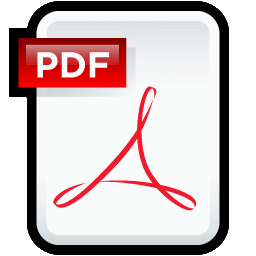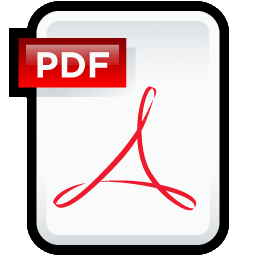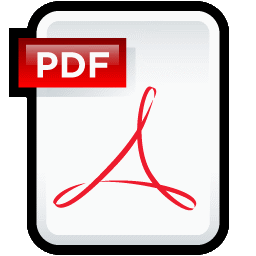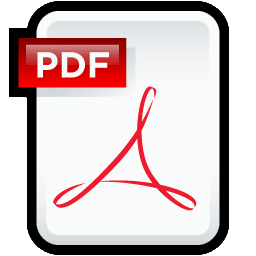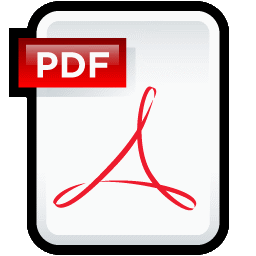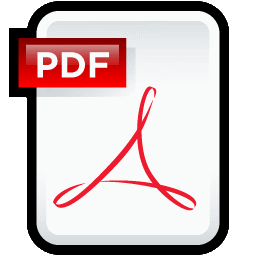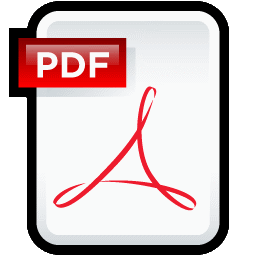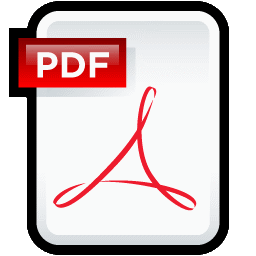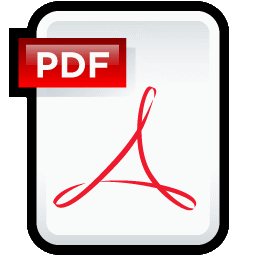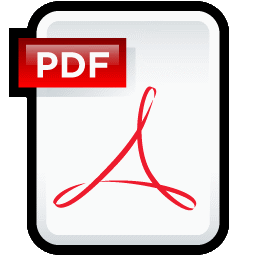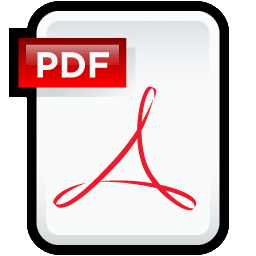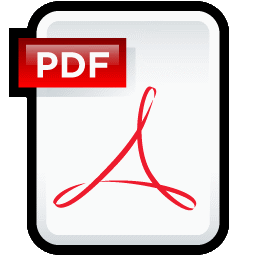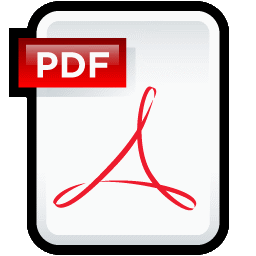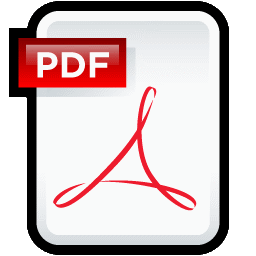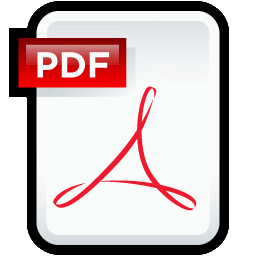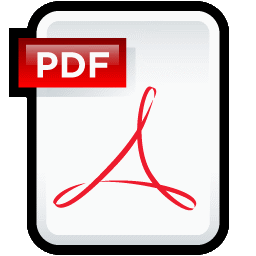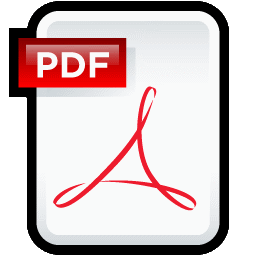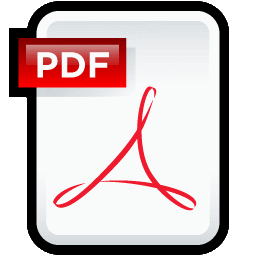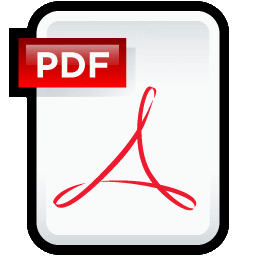Content Type
Store
Profiles
Forums
Blogs
Events
Frequently Asked Questions
Gallery
Downloads
Glossary
Links Directory
Questions
Jobs
Vendors
Everything posted by Cliff
-
Welcome Kate. I am hoping that we will be able to use this forum to share blood bank ideas with people outside of just the Boston area. I've looked for a while for a forum like this and since I couldn't find one I liked, I decided to start one of my own. We hope this to be a successful exchange of ideas.
-
Search the forums before you post your topic. Your question or comment may have already been discussed, answered, or resolved. Create a concise subject that adequately summarizes your topic. For example: "How are you handling bacterial detection?" rather than "So what are you doing." Refrain from using ALL CAPITAL LETTERS, excessive question marks (?) or exclamation points (!) in your subject or content. Provide details in your comment or question to increase the likelihood of starting a discussion. Crossposting the same question in more than one forum will cause confusion and most likely reduce the chance of a reply. Be patient. All the participants of this forum are using the forum and participating in discussions on their own time. Help others. The forum is a community, and works best when people share information. Give feedback. If someone helps you by answering your question, try to add a follow-up response letting them know if it worked or not. Commercial Advertising of any kind will not be tolerated. Suspect posts may be edited or deleted at the administrators discretion.
-
Lynn, Thanks for the great suggestion! This forum has been added.
-
This forum will e-mail you a link to recreate your password. Passwords are one-way encrypted into the database. No one can look them up for you. You need your username and e-mail address to create a new password. If you can't remember your username, please e-mail me by clicking on my name above and I will look it up for you.
-
Version 1.0.0
0 downloads
Docket Number: 2002D-0080 Issued by: Center for Biologics Evaluation and Research Blood and plasma establishments (hereafter referred to as “blood establishments”) that collect blood and blood components intended for transfusion or for further manufacture may present donor screening questions to the donor by several methods. The blood establishment should choose the method that works best within its donor screening procedures. This guidance is intended for those blood establishments that wish to implement self-administered donor questionnaires, which allow donors to answer the pre-donation questions on their own; however, you (the blood establishment) may elect to continue to administer the donor questions by direct oral questioning. The guidance provides the recommendations of the Food and Drug Administration (FDA) for implementing self-administered donor questionnaires. In addition, the guidance describes the information the licensed blood establishments should include in a biologics license application supplement or annual report when they intend to implement self-administered questionnaires. This guidance finalizes the draft guidance of the same title dated April 2002. It also supersedes Section I.A of FDA’s memorandum dated April 23, 1992, entitled “Revised Recommendations for the Prevention of Human Immunodeficiency Virus (HIV) Transmission by Blood and Blood Products.” -
Version 1.0.0
0 downloads
Docket Number: 02D-0362 Issued by: Center for Biologics Evaluation and Research This guidance document provides the current recommendations of the Food and Drug Administration (FDA) for assessment of donor suitability and quarantine and retrieval of blood and blood products in cases of donors exposed to vaccinia virus, which is the virus used in smallpox vaccines. The presence of vaccinia virus in transfused blood or plasma could be harmful to some recipients. Although the presence of vaccinia virus in blood (viremia) has rarely been documented, this possibility has not been assessed using modern laboratory techniques. Therefore, the risk of transmission of vaccinia virus by blood and blood products is uncertain. -
Version 1.0.0
0 downloads
Docket Number: FDA-1997-D-0029 Issued by: Center for Devices and Radiological Health Center for Biologics Evaluation and Research This guidance outlines general validation principles that the Food and Drug Administration (FDA) considers to be applicable to the validation of medical device software or the validation of software used to design, develop, or manufacture medical devices. This final guidance document, Version 2.0, supersedes the draft document, General Principles of Software Validation, Version 1.1, dated June 9, 1997. -
Version 1.0.0
0 downloads
Docket Number: 01D-0545 Issued by: Center for Biologics Evaluation and Research This guidance document provides the current recommendations of the Food and Drug Administration (FDA) for assessment of donor suitability and product safety for donors potentially exposed to Bacillus anthracis, the agent of anthrax. This guidance applies to Whole Blood, blood components (including recovered plasma) and Source Plasma collections intended for use in transfusion or for further manufacturing into injectable products. FDA developed the recommendations in this guidance in consultation with other Public Health Service Agencies and with the Blood Safety Committee of the Department of Health and Human Services. -
Version 1.0.0
0 downloads
Docket Number: 99D-2213 Issued by: Center for Biologics Evaluation and Research To reduce infectious disease transmission by blood and blood products, donor samples from blood donations are tested for markers of pathogenic bloodborne infections, including antibodies, antigens, and nucleic acids that may indicate the presence of etiologic agents such as human immunodeficiency virus (HIV), hepatitis B virus (HBV), hepatitis C virus (HCV), human T-cell lymphotropic virus (HTLV), cytomegalovirus (CMV), syphilis, and others. The validity of screening and supplemental (confirmatory) test assay results is determined by the performance of test kit manufacturer supplied reagents labeled as Acontrols@, used in accordance with the test kit instructions. -
Version 1.0.0
0 downloads
Docket Number: FDA-2022-D-0485 Issued by: Center for Biologics Evaluation and Research This guidance presents an overview of the type of information FDA reviewers should expect to be included in premarket notifications submitted for such devices and the approach FDA reviewers normally should take in reviewing premarket submissions for blood and plasma warmers used in blood establishments. The detailed requirements for premarket notifications in 21 CFR Part 807 should also be consulted. -
Version 1.0.0
0 downloads
Docket Number: FDA-2007-D-0251 Issued by: Center for Biologics Evaluation and Research This guidance presents an overview of the type of information FDA reviewers should expect to be included in the premarket notifications submitted for such devices and the approach FDA reviewers normally should take in reviewing premarket submissions for empty containers for the collection and processing of blood and blood components used in blood establishments. The detailed requirements for premarket notifications in 21 CFR Part 807 should also be consulted. -
Version 1.0.0
0 downloads
Docket Number: FDA-2022-D-0484 Issued by: Center for Biologics Evaluation and Research This guidance presents an overview of the type of information FDA reviewers should expect to be included in premarket notifications submitted for such devices and the approach FDA reviewers normally should take in reviewing premarket submissions for blood and plasma warmers used in blood establishments. The detailed requirements for premarket notifications in 21 CFR Part 807 should also be consulted. -
Version 1.0.0
0 downloads
Docket Number: FDA-2007-D-0019 Issued by: Center for Biologics Evaluation and Research "Computer crossmatch" is a process used to ensure that blood released for transfusion is compatible with the intended recipient.1 We, FDA, are issuing this guidance to assist you, blood establishments that perform compatibility testing using a computer crossmatch system to perform computerized matching of blood, consistent with current good manufacturing practice (CGMP) requirements in 21 CFR Parts 210, 211 and 606. Blood establishments must have standard operating procedures (SOPs) "to demonstrate incompatibility between the donor’s cell type and the recipient’s serum or plasma type" under the compatibility testing requirements in 21 CFR 606.151(c). This guidance describes practices that we believe satisfy the requirements in 21 CFR 606.151(c) to help ensure detection of an incompatible crossmatch when using a computerized system for matching a donor’s cell type with a recipient’s serum or plasma type. -
Version 1.0.0
0 downloads
Issued by: Center for Drug Evaluation and Research Center for Biologics Evaluation and Research This guidance is intended to provide recommendations to sponsors and applicants on the use of monoclonal antibodies (mAbs) as reagents in the manufacture of drug substances that are regulated by the Center for Drug Evaluation and Research (CDER) or the Center for Biologics Evaluation and Research (CBER). The guidance focuses on the chemistry, manufacturing, and control (CMC) issues that should be addressed in new drug applications (NDAs), abbreviated new drug applications (ANDAs), biologics license applications (BLAs), supplements to these applications, or investigational new drug applications (INDs). -
Version 1.0.0
0 downloads
Docket Number: 98D-0545 Issued by: Center for Biologics Evaluation and Research This guidance document provides the recommendations of the Food and Drug Administration (FDA) for the use of FDA cleared automated blood cell separators in blood establishments for collecting single and double units of Red Blood Cells (RBC). This guidance also describes the information to be included in a license application or supplement. This final guidance document finalizes the draft guidance document entitled "Guidance for Industry: Recommendations for Collecting Red Blood Cells by Automated Apheresis Methods, dated July 1998." -
Version 1.0.0
2 downloads
Docket Number: FDA-2022-D-0486 Issued by: Center for Biologics Evaluation and Research Sterile connecting devices produce sterile welds between two pieces of compatible tubing. This procedure permits sterile connection of a variety of containers and tube diameters. This guidance describes recommended practices and procedures for use of these devices. This guidance does not address the data or information that a manufacturer of a sterile connecting device must submit to FDA in order to obtain approval or clearance for marketing. It is also important to note that the use of an approved or cleared sterile connecting device for purposes not authorized in the labeling may cause the device to be considered adulterated and misbranded under the Federal Food, Drug and Cosmetic Act. -
Version 1.0.0
0 downloads
Docket Number: 97D-0528 Issued by: Center for Biologics Evaluation and Research This document pertains to commercially-produced fibrin sealants composed of purified, virus-inactivated/removed human fibrinogen and human or bovine thrombin, with or without added components such as virus-inactivated/removed human factor XIII and/or aprotinin. A number of such products are currently available in Europe and Canada as hemostasis agents. Although manufacturers and clinicians in the United States have been actively engaged in the development and testing of fibrin sealants, only one fibrin sealant product has been licensed in this country. This document outlines the agency's current position with regard to clinical data used to support licensure of safe and effective commercially-produced fibrin sealants in the United States. -
Version 1.0.0
0 downloads
Docket Number: 98D-0964 Issued by: Center for Biologics Evaluation and Research In the Federal Register of July 8, 1997 (62 FR 36558), the Food and Drug Administration announced the availability of Revised Form FDA 356h Application to Market a New Drug, Biologic, or an Antibiotic for Human Use This document provides guidance on the content and format of information to be submitted to the Chemistry, Manufacturing, and Controls (CMC) section and Establishment Description section of a License Application for a biological in vitro diagnostic (IVD) product. -
Version 1.0.0
0 downloads
Docket Number: 98D-0007 Issued by: Center for Biologics Evaluation and Research In the Federal Register of July 8, 1997 (62 FR 36558), the Food and Drug Administration (FDA) announced the availability of the revised Form FDA 356h, Biologics License Application (BLA) entitled "Application to Market a New Drug, Biologic, or an Antibiotic for Human Use." This document provides guidance on the content and format of the Chemistry, Manufacturing and Controls (CMC) section and the Establishment Description section of a Biologics License Application for a Human Plasma-Derived Biological Product, Animal Plasma or Serum-Derived Product. For these products, FDA is now implementing the BLA (revised Form FDA 356h) and will accept that application, instead of two separate license application submissions, the product license application (PLA) and the establishment license application (ELA). -
Version 1.0.0
0 downloads
Docket Number: FDA-2022-D-0498 Issued by: Center for Biologics Evaluation and Research On April 23, 1992, August 5, 1993, and August 19, 1993, FDA issued memoranda to all registered blood and plasma establishments, which provided recommendations for testing for antibody to Hepatitis C Virus Encoded Antigen (anti-HCV). This memorandum supplements those previous memoranda by transmitting additional recommendations for testing for antibody to anti-HCV in blood establishments. (See attached recommendations.) In a public meeting of the Blood Products Advisory Committee (BPAC) on March 21, 1996, after review and discussion of the relevant information available, concern was expressed that the use of a supplemental test for anti-HCV that uses fewer antigens than the screening test for anti-HCV may cause uncertainties. In particular, the Committee discussed its concern that the use of the Chiron RIBA HCV 2.0 Immunoblot Assay (SIA) as a supplemental test for anti-HCV should not be used for donor re-entry if the Ortho™ HCV Version 3.0 ELISA Test System was used as a screening test. FDA has considered the BPAC concerns and sets forth in the attached recommendations donor re-entry and counseling procedures that should be used in this situation. -
Version 1.0.0
0 downloads
Docket Number: FDA-2022-D-0499 Issued by: Center for Biologics Evaluation and Research On August 8, 1995, FDA issued a memorandum to all registered blood and plasma establishments entitled, "Recommendations for Donor Screening with a Licensed Test for HIV-1 Antigen". This memorandum supplements that memorandum and provides additional recommendations regarding storage of samples for HIV-1 antigen testing as well as clarifications of the previous recommendations regarding specific implementation issues.


